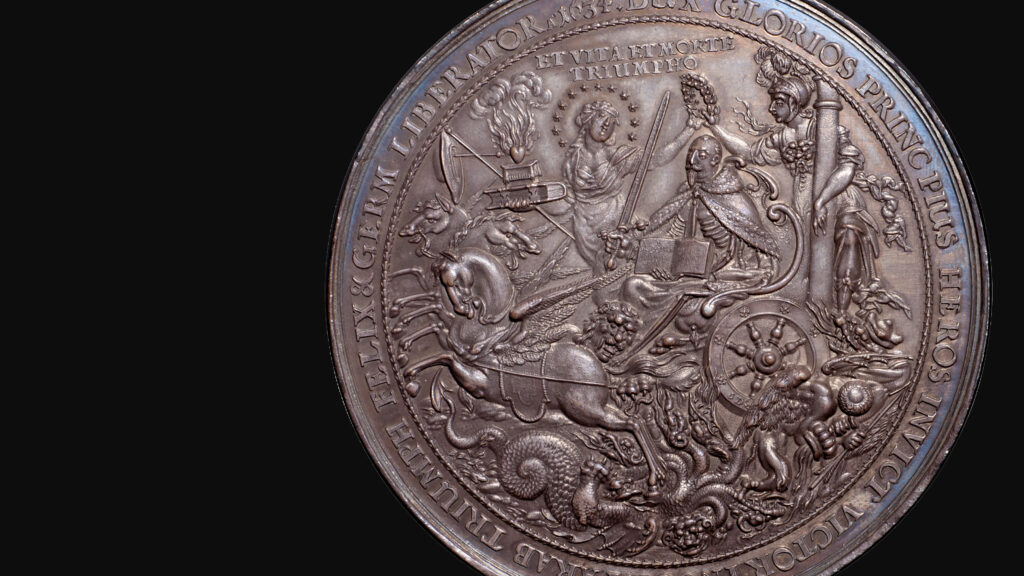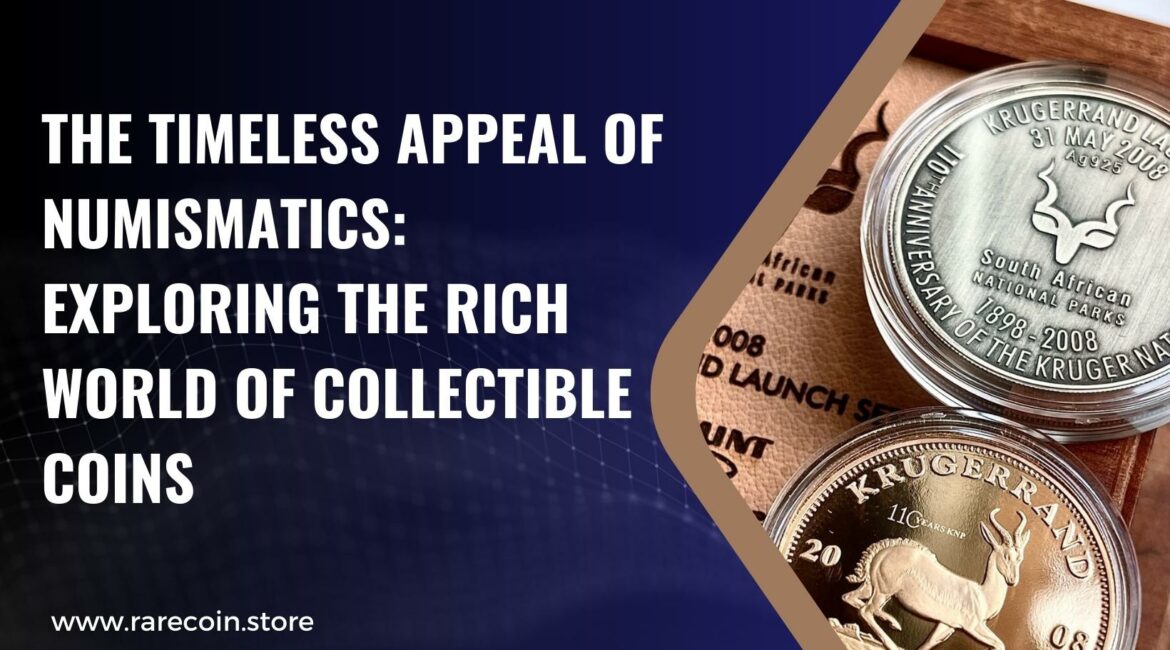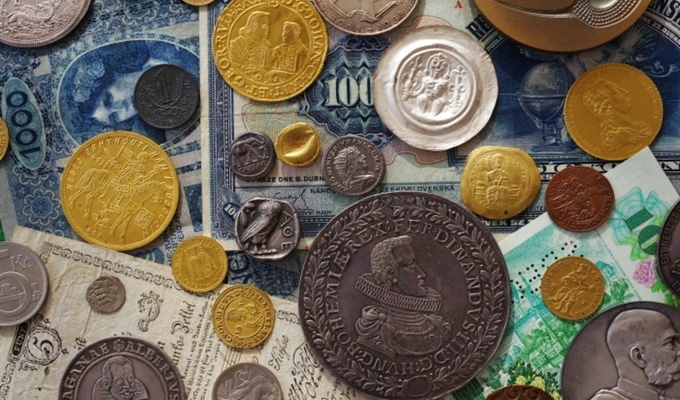Good Advice To Choosing Coin Mintmark And Coin Club
Wiki Article
How Can I Research Numismatics With Respect To Security Printing Facilities Using A Database?
For numismatics research involving security printing, it's essential to use databases that are focused on currency production and security features. Additionally, the most recent technology is used for minting, printing and printing procedures. An organized approach is provided to aid you in your investigation. Examples include databases from national mints such as the United States Mint or Royal Mint and central banks such as the Federal Reserve and European Central Bank and publications, or databases that are specific to the field.
Define Research Focus: Specify your research objectives. Are you looking to understand the past and the workings of security printing, technology advancements in the production of currency or security features implemented on coins and banknotes? Make sure you know where to look in order to direct your search.
Search Strategy: Make use of specific keywords, like "security print facilities," "currency printing" or "coin production technology," and include facility names or geographic regions, if applicable. Make use of advanced search features to sort results by date, type of document (such as production reports, technical reports) and security features.
Data collection: Information about security printing establishments, such as dates of their establishment, technological advances in printing and minting, types and security features on banknotes and coins and historical changes or changes.
Study data to comprehend the effects of security printing technology on the numismatics. Analyze how security features like microprinting, special-inks and holograms have changed over the years to combat counterfeiting. Examine different printing companies and mints' practices as well as technology.
Cross-Referencing: Verify your findings by cross-referencing data across various databases and sources. This ensures accuracy and completeness in your research and provides complete information about printing security practices across the globe.
Documentation: Documentation is important. Use sources to cite and record the method used. Detail the databases utilized, the search term(s) and the significance of every source to your questions.
Stay Up-to-date: Security printing technologies and techniques continually advance. Monitor industry publications such as mint reports as well as central bank publications to keep up-to-date on the latest developments and security options.
Following these steps will allow you to effectively explore the world of numismatics in relation to security printing facilities. This allows a detailed review of the security measures and technological advancements that have shaped the production of banknotes all over the world. Have a look at the top rated banknote history tips for site recommendations including banknote, coin show, coin blank, mint, gold coins, coin marketplace, banknote printing, banknote certification, coin society, banknote holder and more.
How Do I Find A Database That Contains Numismatics Related To Refineries?
Researching numismatics with regards to refineries is a matter of using databases that focus on precious metals refining minting processes, as well as the historical and technological aspects of refinery facilities. This is a method that can be structured to do such study. Database Selection: Choose databases that specialize in minting, precious metals and numismatics. Some examples include databases from major refineries such as Johnson Matthey and Heraeus or mints of the government like the United States Mint and Royal Canadian Mint.
Define Research Focus: Specify your research objectives. Are you interested in learning about the background and operation of specific refineries, technological advances in refining processes, the making of bullion and coins, or the certifications and quality standards in precious metals refining? Make sure you know what you are looking for in order to narrow your search.
Search Strategy: Make use of keywords such as "precious Metals Refineries", "minting Processes", "bullion Production" and include refinery names, geographic areas, or historical dates if relevant. Advanced search options allow you to filter by date, document type such as technical reports or production data or refinement techniques.
Data Collection: Access data on refineries, such as their dates of inauguration, types of precious metals (gold silver platinum) refinery techniques (such chemical refining or electrolytic refining) and any noteworthy historical developments or innovations.
Examine your data to discover the role that refineries play in the numismatic world. Study how refineries supply precious metals to bullion and coin production as well as ensure the highest quality control of the minting process, and aid in the standardization of the coinage metals. Compare refineries and technologies.
Cross-References: Confirm what you've found by cross-referencing data from different sources and databases. This guarantees accuracy and completeness in your research, and gives you an extensive view of refineries' role in numismatics.
Documentation: Record all of your findings, including the sources you used and noting the techniques used. Keep track of the details such as the databases that you have accessed as well as your search terms and their relevance to the research questions.
Stay Current: Refining technology and standards are constantly changing. Information from publications in the industry such as refinery reports and mint magazines will keep you up to current on the most recent developments of refining technology and its influence on the world of numismatics.
By following these steps, you will be able to allow you to effectively explore the numismatics of refineries. This technique allows for an extensive investigation into technological innovations and quality control measures of refineries, as well as their contributions in the past to the distribution and production of coins and gold bullion around the globe. Take a look at the top rated coin society tips for more examples including banknote dealer, slovak coins, lira, rupee, banknote certification, coin certification, banknote magazine, bullion coins, zloty, banknote society and more.

How Do I Use A Database To Research Numismatics With Respect To Historians And Researchers?
Here's a method for conducting this type of research: Database Selection: Choose databases that focus on the field of numismatic research as well as historical archives and academic journals and institutions' repositories. A systematic approach is provided to assist you in conducting this research. Examples are JSTOR, Google Scholar, numismatic society journals (like the American Numismatic Society), and university library databases.
Define Research Focus: Specify your research objectives. Do you wish to learn about the past of numismatic artifacts What are the methodologies that are used in research on numismatics are historians focusing on specific numismatic subjects or what contributions researchers have made to numismatic scholarly work? Define what you're seeking to narrow your search.
Search Strategy: Make use of keywords such as “numismatics,the study of numismatics "numismatics research" and "historical coins," including specific historical periods or geographic regions. If applicable, also include themes and themes in numismatics or themes related to certain historical times. Advanced search options let users to filter their search results by the date, the type of document (such a articles, dissertations and conference papers) or the author's name.
Data Collection: Access the scholarly papers, research papers, and historical archives related to numismatics. Specific information such as names of books, authors, abbreviations techniques, as well as historical contexts are important to record. Browse databases that offer access to digital archives of numismatics or research projects.
Analysis: Analyze data to understand historical and numismatic researchers' methods and theories. Examine how numismatic objects can contribute to larger historical narratives. Examine different approaches and conclusions on numismatic issues.
Cross-Referencing - Verify your findings by cross-referencing them across databases as well as academic publications and institutional repositories. This will verify the accuracy and completeness of your numismatic studies.
Documentation: Document your findings systematically, citing sources and highlighting the methods used. Note the details of the databases you have accessed and the search terms you used and the significance of each source to your research questions.
Keep up to date: Numismatic studies and scholarly journals continue change. Keep track of updates from academic journals as well as numismatic associations and institutional repositories to stay current on the latest research in numismatics.
You can use databases to investigate numismatics as it relates to historians and researchers by following these easy steps. This allows for a comprehensive study of the techniques of historical interpretation, research contributions, and the historical contexts that affect understanding numismatic artifacts. Take a look at the best sell for obsolete currency for blog tips including coin mold, slovak coins, banknote printing, banknote authenticity, treasury, currency society, banknote value, currency society, numismatic investment, forint and more.

How Do I Use The Database To Look Up Numismatics In Relation To Publications And Journals?
The study of numismatics in relation to journals and publications involves using databases that specialize in the field of numismatic literature, scholarly papers as well as historical publications and academic journals. Here is a methodical approach to conducting this type of research: Databases Selection: Choose databases that focus on numismatic publications as well as publications, journals and other publications. Online databases, like JSTOR and Google Scholar, to find journals, publications and articles.
Define Research Focus: Specify your research objectives. Are you interested in understanding the history of numismatics, particular coin types or periods, cultural aspects of coinage, technological advancements in coin production or the economic value of numismatics? Determine your goals to guide your search.
Search Strategy: Use words such as "numismatics," "numismatic publications," "numismatic journals," and add specific topics or coin types (such as ancient coins, medieval coins and modern coins) when appropriate. Use advanced search options to filter results by the date, type of publication (articles, books, conference papers) and author affiliations.
Data Collection: Get information from numismatic magazines and publications. Search for information like article titles, authors and abstracts. Also, gather publication dates and bibliographic data. Find databases that provide full-text access to articles or digital archives from numismatic historical publications.
Analysis: Review all information and comprehend the research trends, scholarly contributions, and the development of numismatic scholarship. Examine the methods used in numismatic research, the interpretations of coinage symbols and iconography as well as numismatic cataloging standards and the development of numismatic scholarship over time.
Cross-Referencing. Check that your results are complete and accurate by cross-referencing data across multiple databases. This will ensure the accuracy and completeness of your research and provide insights into the breadth of numismatic publications.
Documentation: Record all your findings, noting which sources you used as well as the methods that were employed. Detail the databases used, the search term(s) used and the relevance of every source to the questions you have.
Numismatic research and publications are constantly evolving with each new discovery discovered and interpretations are given. Stay current by monitoring the latest updates from numismatic societies journals of academic research and scholarly databases to get the most recent research findings and publications in the field of numismatics.
Following these steps will allow you to make use of databases efficiently to research numismatics according to journals and publications. This technique allows for an extensive analysis of the contribution to scholarly research as well as the research methodology and the historical perspective offered by numismatic journals. Take a look at the top uncirculated coins for website info including coin holder, quarter, rial, franc, nickel, coin value, coin grading, coin mold, coin auction, currency collecting and more.

How Do I Use Databases To Study Numismatics With Regards To Networking Opportunities?
If you're conducting research on numismatics focusing on networking, it's essential to utilize databases as well as other platforms. They will allow you to connect with dealers, collectors scholars and enthusiasts. Here's a structured approach to conduct your research: Database Selection: Choose platforms and databases which specialize in numismatic social networking opportunities. A few examples are websites of numismatic societies online forums such as CoinTalk and Reddit's R/Coins, social media groups on Facebook, LinkedIn, and professional social networking platforms.
Definition of Research Focus: Specify your networking objectives. Are you looking to network with collectors, share data and experience, work with dealers on acquisitions or sales, or work with scholars on research projects? Find out what you are looking for to guide your research.
Search Strategy: Add keywords such as "numismatic network", "coin collectors forum", "numismatic social networks" and geographical areas, if applicable. Utilize search options within the platforms to find relevant events, groups, and forums.
Data Collection Access to information regarding the networking opportunities within numismatic groups. Information about groups, such as descriptions of the group and benefits of membership, such as access to discussions and events, are essential. Additionally, any upcoming events like auctions, conventions or exhibitions should be noted and profiles of important individuals.
Analyze all information to determine potential networks and opportunities which are pertinent. Examine the participation levels, diversity, frequency, and potential for collaboration of groups and forums.
Cross-Reference: Verify the data you've gathered by comparing it with other databases, websites of societies for numismatics or social media organizations, as well as professional networking platforms. This allows you to find an extensive network of opportunities across regions and platforms.
Engagement: Join selected networks through active participation, by sharing your knowledge, asking for questions and sharing your knowledge. Connect with fellow collectors and build your network. Exchange valuable numismatic data.
Documentation: Keep a detailed log of your efforts in networking and the networks you use as well as the groups you are a part of as well as events you attend and the contacts you have established. Keep track of opportunities explored and the results achieved through networking efforts.
Following these steps, you can effectively utilize databases to study numismatics in relation to networking opportunities. This approach will allow you to establish a professional or personal network of numismatics, which could be utilized for collaborations as well as information exchange, and participation in numismatic events. See the best read what he said on platinum for website tips including collection, coin book, uncirculated coins, banknote identification, real, banknote news, coin design, coin magazine, banknote authenticity, treasury and more.
